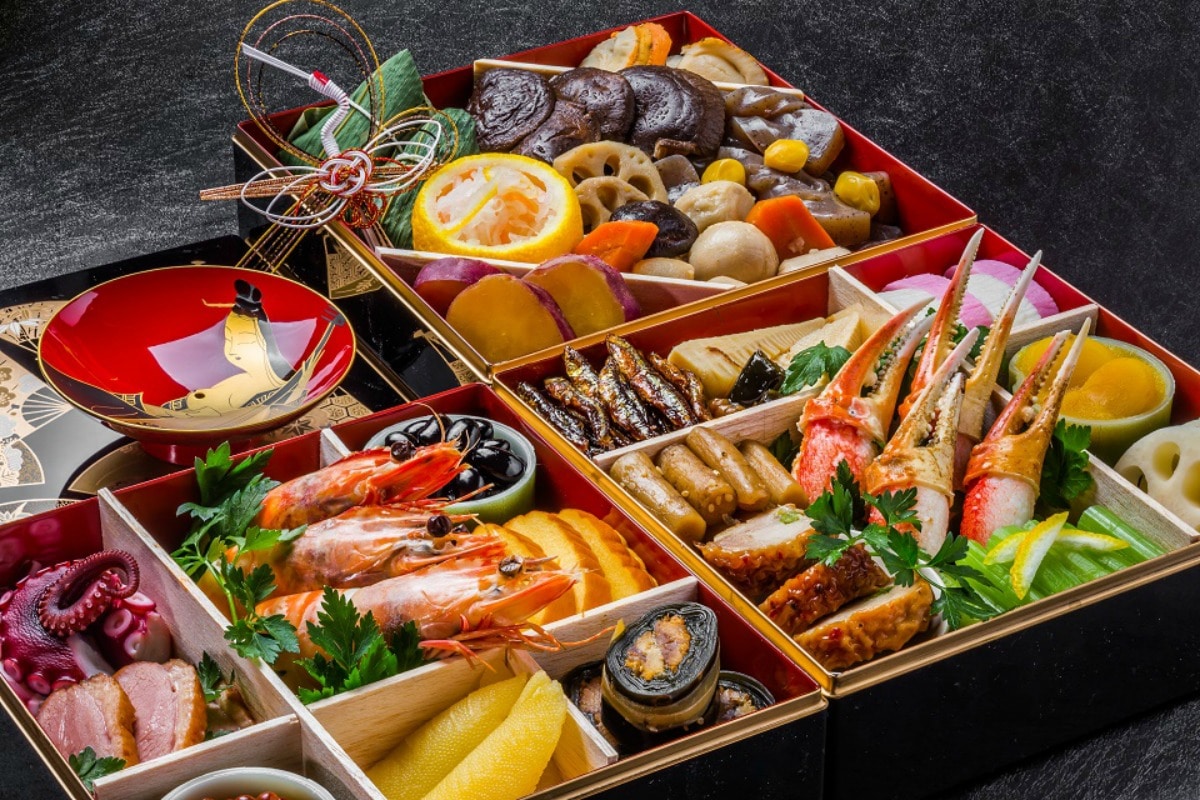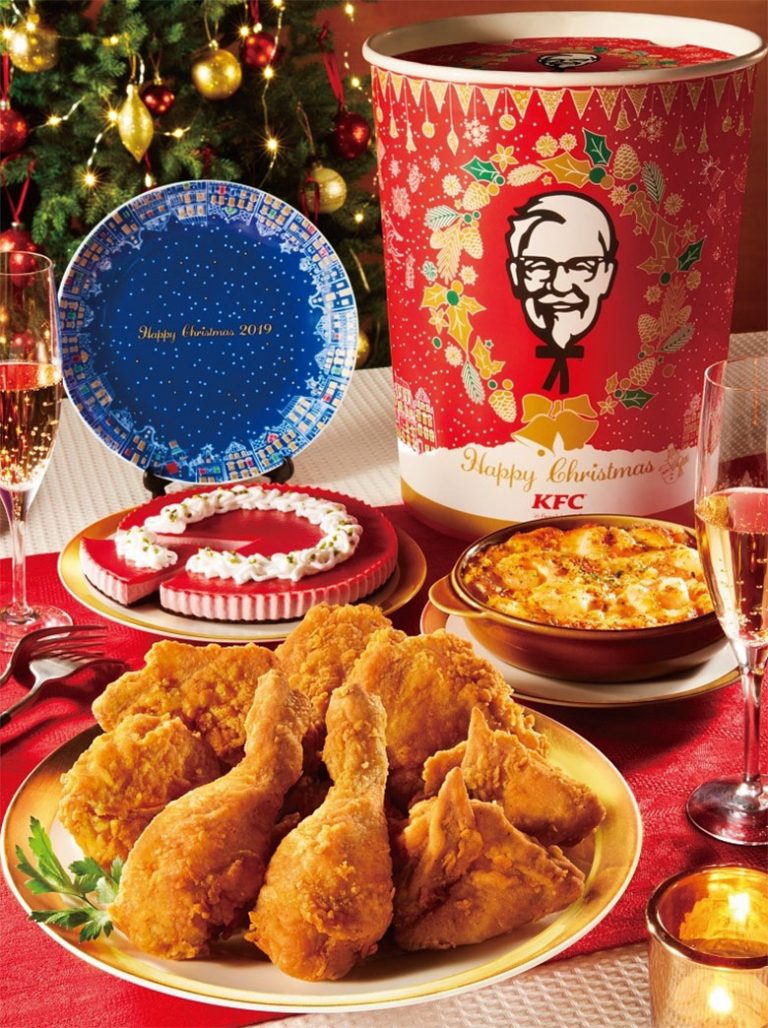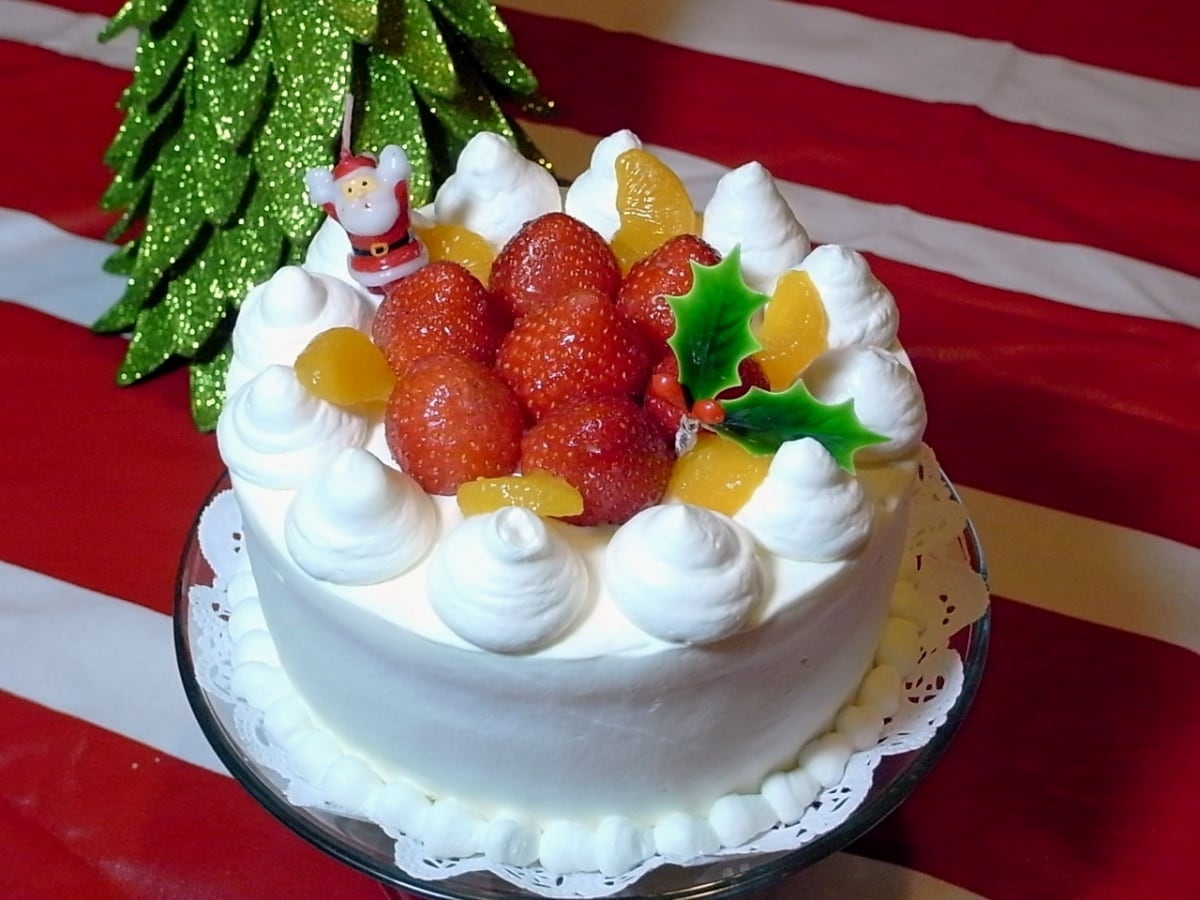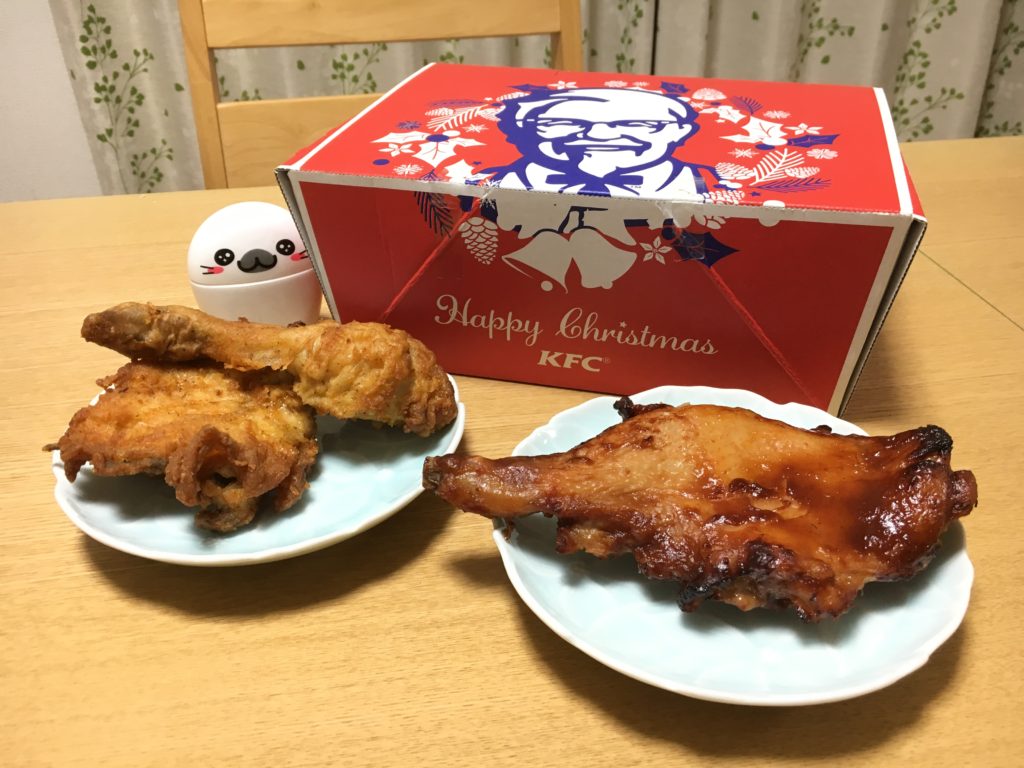18, Jul 2023
Christmas Food In Japan 2024: A Culinary Journey Through Tradition And Innovation
Christmas Food in Japan 2024: A Culinary Journey Through Tradition and Innovation
Related Articles: Christmas Food in Japan 2024: A Culinary Journey Through Tradition and Innovation
- Christmas Elf Outfits For Women 2024: A Comprehensive Guide
- Christmas Font Style Generator 2024: Elevate Your Holiday Messaging With Festive Typography
- Christmas Eve Readings 2024: A Journey Of Reflection And Celebration
- Christmas Eve Restaurants Near Me 2024: A Culinary Guide To Unforgettable Dining Experiences
- Christmas Dress For Baby Boy 2024: A Comprehensive Guide
Introduction
With enthusiasm, let’s navigate through the intriguing topic related to Christmas Food in Japan 2024: A Culinary Journey Through Tradition and Innovation. Let’s weave interesting information and offer fresh perspectives to the readers.
Table of Content
Video about Christmas Food in Japan 2024: A Culinary Journey Through Tradition and Innovation
Christmas Food in Japan 2024: A Culinary Journey Through Tradition and Innovation

Christmas has become an integral part of Japanese culture, and its culinary traditions have evolved over time to reflect both Japanese and Western influences. From traditional dishes to modern creations, Christmas food in Japan is a diverse and delectable affair. In 2024, expect to indulge in a tantalizing array of festive treats that will delight your taste buds and immerse you in the unique Japanese Christmas experience.
Traditional Christmas Fare with a Japanese Twist
1. Christmas Cake:
The quintessential Christmas cake in Japan is a sponge cake filled with whipped cream and decorated with strawberries and green frosting to resemble a Christmas wreath. It is a symbol of prosperity and good fortune, and its fluffy texture and sweet taste have made it a beloved holiday treat.
2. Fried Chicken:
Fried chicken, known as "karaage" in Japanese, has become a Christmas staple in Japan. Its crispy exterior and juicy interior make it an irresistible accompaniment to the sweet Christmas cake. The popularity of fried chicken during Christmas is attributed to a marketing campaign by Kentucky Fried Chicken in the 1970s.
3. Christmas Soba:
Soba, a traditional Japanese noodle made from buckwheat, is often served on New Year’s Eve as a symbol of longevity. However, in recent years, Christmas soba has gained popularity as a festive dish. The noodles are served in a warm broth with toppings such as shrimp tempura, kamaboko (fish cake), and vegetables.
4. Osechi Ryori:
Osechi ryori is a traditional Japanese New Year’s dish consisting of a variety of small dishes arranged in a lacquered box. While it is not specifically associated with Christmas, some families enjoy serving osechi ryori during the holiday season. The dishes typically include seafood, vegetables, and mochi (pounded rice).
Modern Christmas Creations
1. Christmas Sushi:
Sushi, a Japanese culinary icon, has been transformed into a festive treat for Christmas. Chefs create intricate sushi rolls adorned with Christmas-themed decorations, such as reindeer, Santa Claus, and Christmas trees. The combination of fresh seafood and creative presentation makes Christmas sushi a visually stunning and delicious choice.
2. Christmas Ramen:
Ramen, the beloved Japanese noodle soup, has also received a Christmas makeover. Chefs experiment with festive toppings and flavors, such as roasted turkey, chestnut, and pumpkin. The result is a heartwarming and comforting dish that embodies the spirit of Christmas.
3. Christmas Pizza:
Pizza, an Italian classic, has become a popular Christmas food in Japan. Japanese chefs often add unique toppings to their Christmas pizzas, such as shrimp tempura, mentaiko (spicy cod roe), and mochi. The fusion of Italian and Japanese flavors creates a delightful and unexpected holiday treat.
4. Christmas Wagashi:
Wagashi, traditional Japanese sweets, are often crafted into Christmas-themed shapes and designs. Daifuku, mochi filled with sweet bean paste, can be shaped into Santa Claus or reindeer, while dango, sticky rice dumplings, can be arranged to resemble a Christmas tree. These delicate sweets add a touch of elegance and sweetness to the Christmas table.
Christmas Food Trends for 2024
1. Vegan and Vegetarian Options:
As plant-based diets gain popularity in Japan, Christmas food is becoming more inclusive. Restaurants and bakeries are offering a wider range of vegan and vegetarian options, such as plant-based Christmas cakes, fried tofu, and vegetable-filled soba.
2. Local and Seasonal Ingredients:
There is a growing trend towards using local and seasonal ingredients in Christmas cooking. Chefs are incorporating fresh vegetables, seafood, and fruits from Japanese farms into their festive creations, showcasing the bounty of the Japanese terroir.
3. Home-Made Treats:
With the rise of home cooking during the pandemic, many Japanese families are opting to make their own Christmas treats. From scratch-made Christmas cakes to homemade fried chicken, the joy of creating festive food together is becoming a cherished Christmas tradition.
4. Christmas Food Festivals:
Christmas food festivals are becoming increasingly popular in Japan. These events offer a chance to sample a variety of Christmas treats from different vendors, enjoy live music, and immerse yourself in the festive atmosphere.
Conclusion
Christmas food in Japan 2024 promises to be a delectable fusion of tradition and innovation. From classic dishes with a Japanese twist to modern creations that push the boundaries of culinary imagination, there is something for every palate to enjoy. Whether you indulge in the beloved Christmas cake, savor a bowl of Christmas soba, or experiment with a festive ramen, the culinary journey through Christmas food in Japan will create lasting memories and fill your holiday season with joy and delight.







Closure
Thus, we hope this article has provided valuable insights into Christmas Food in Japan 2024: A Culinary Journey Through Tradition and Innovation. We hope you find this article informative and beneficial. See you in our next article!
- 0
- By admin